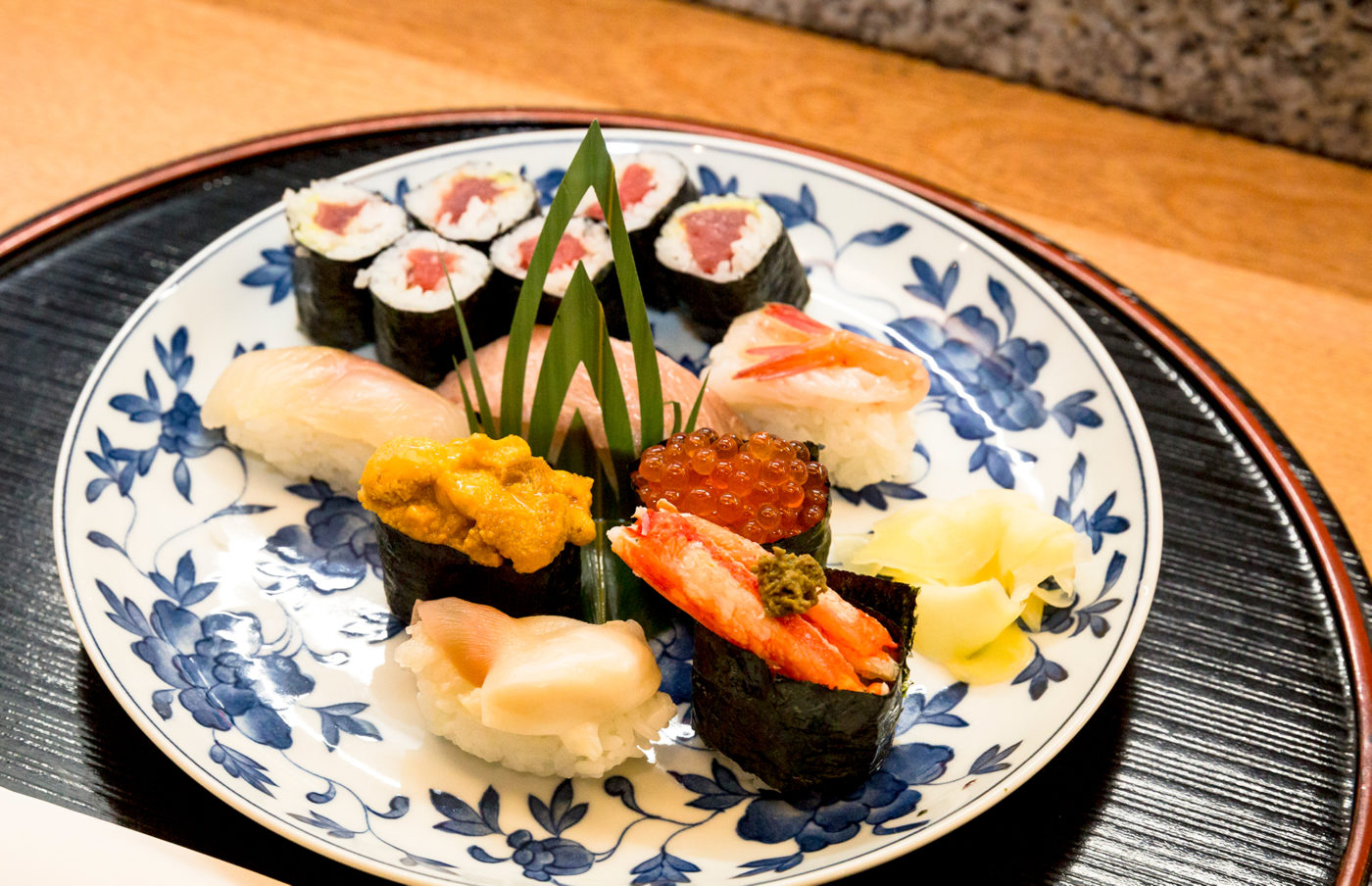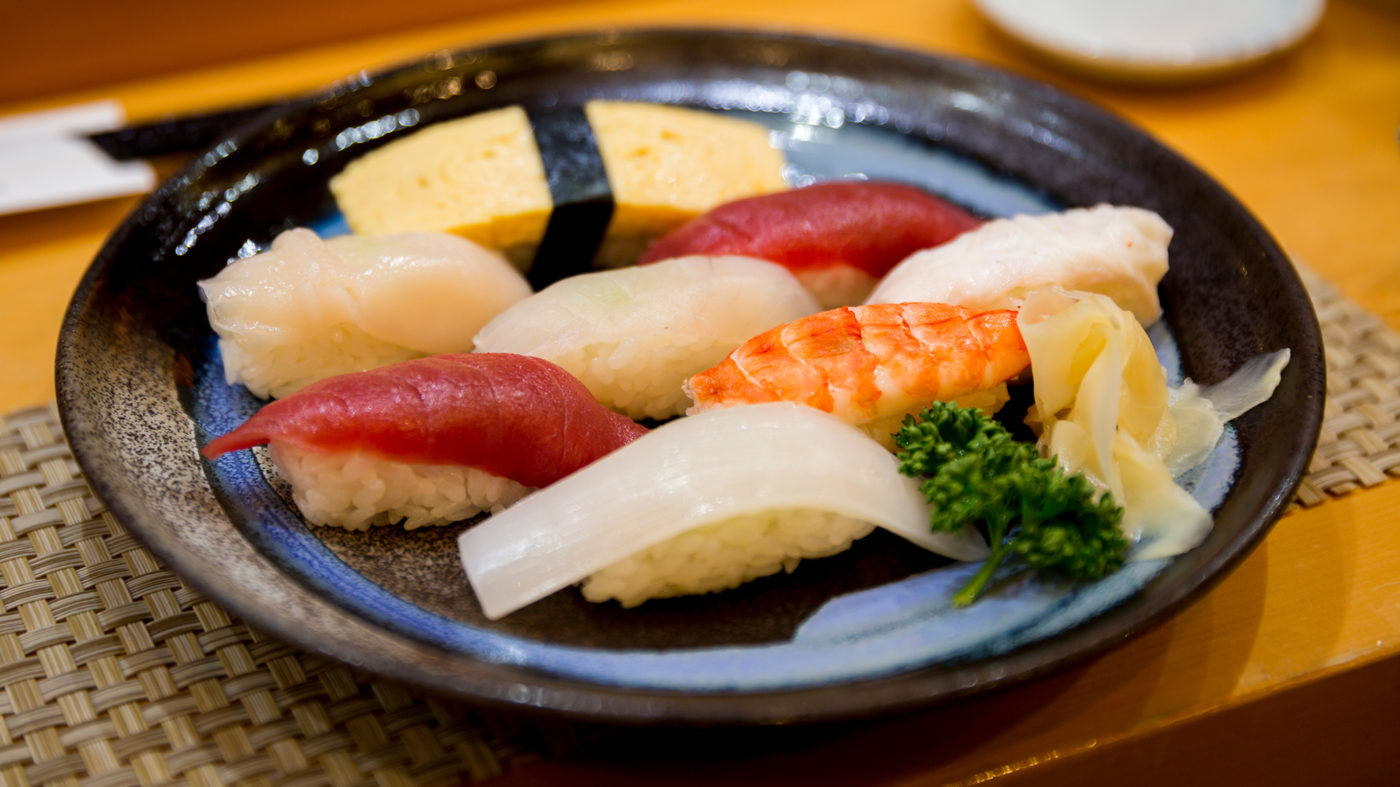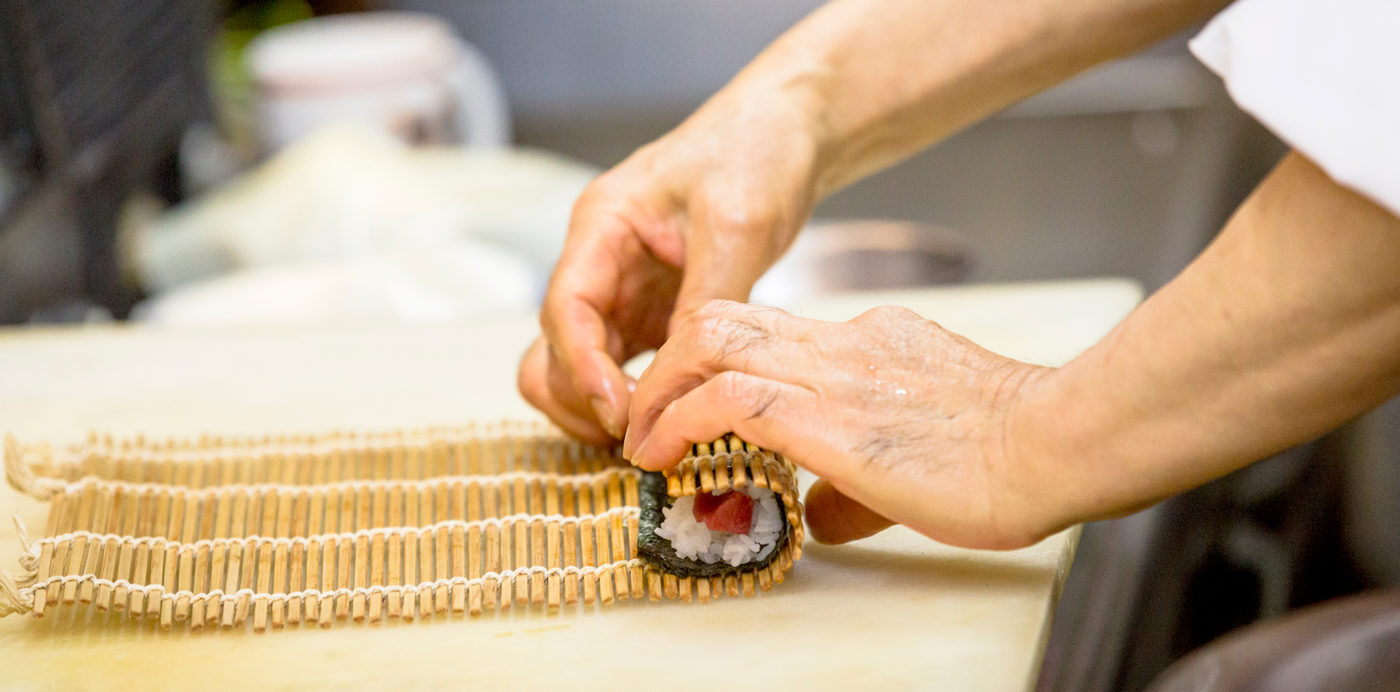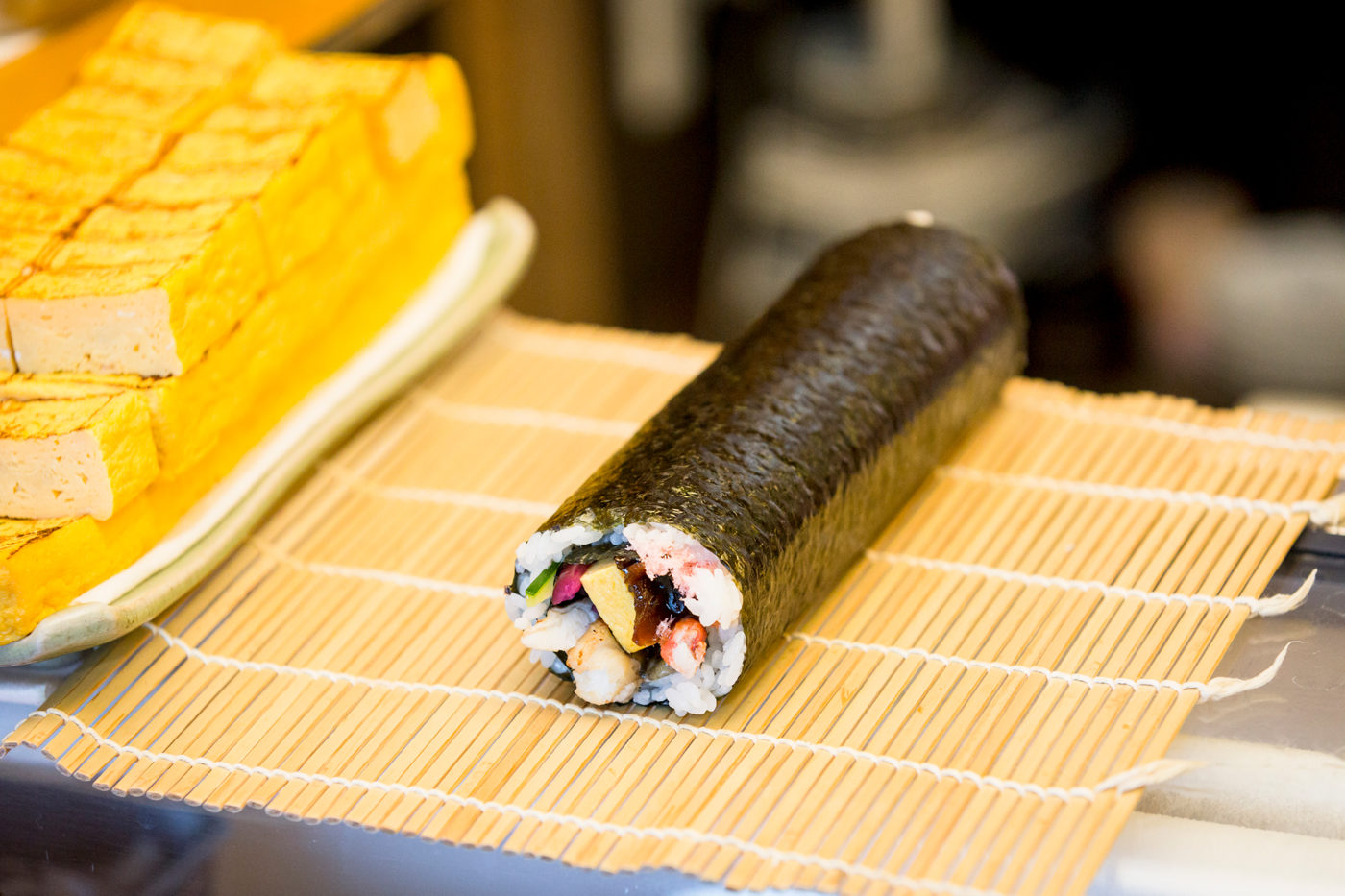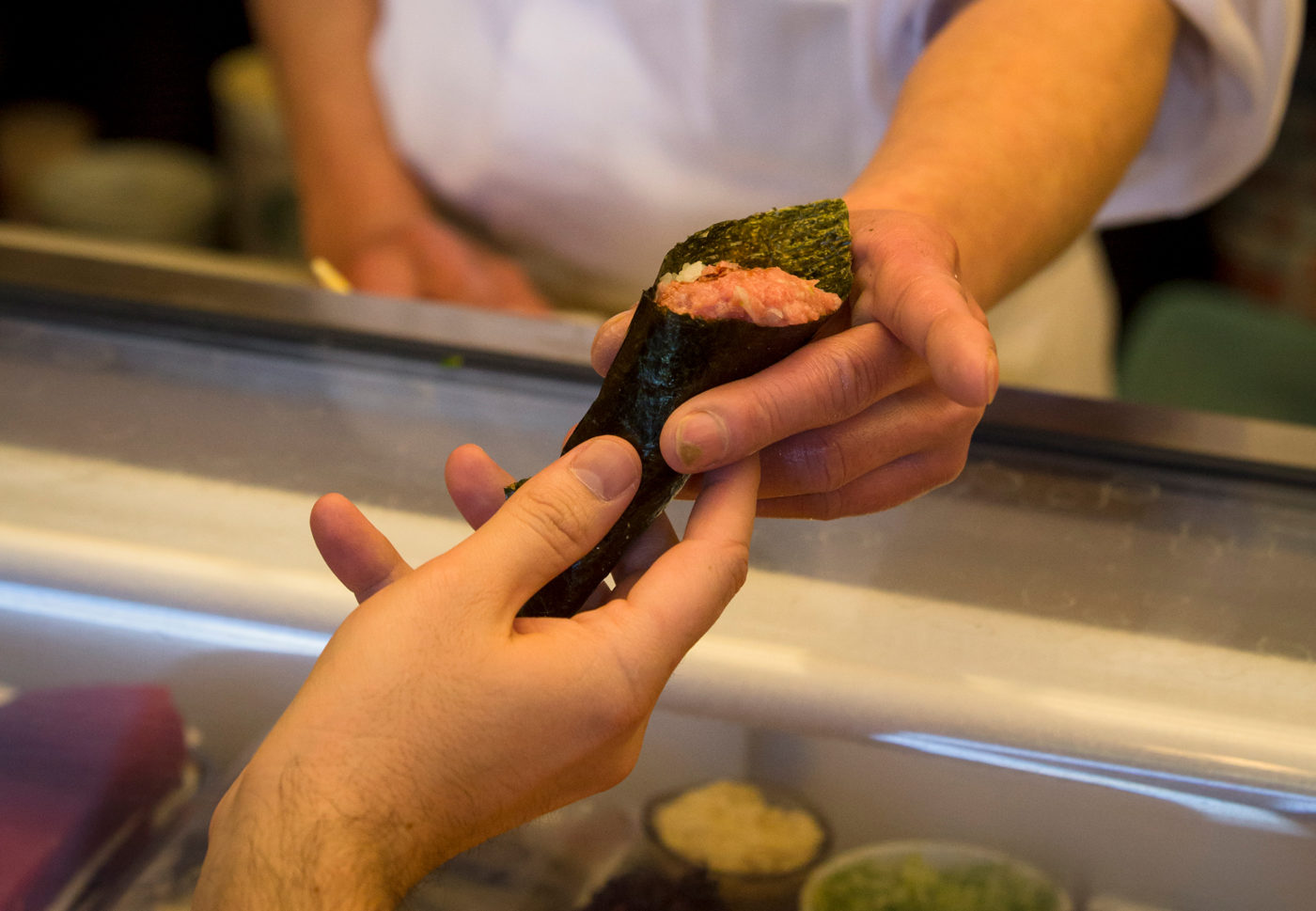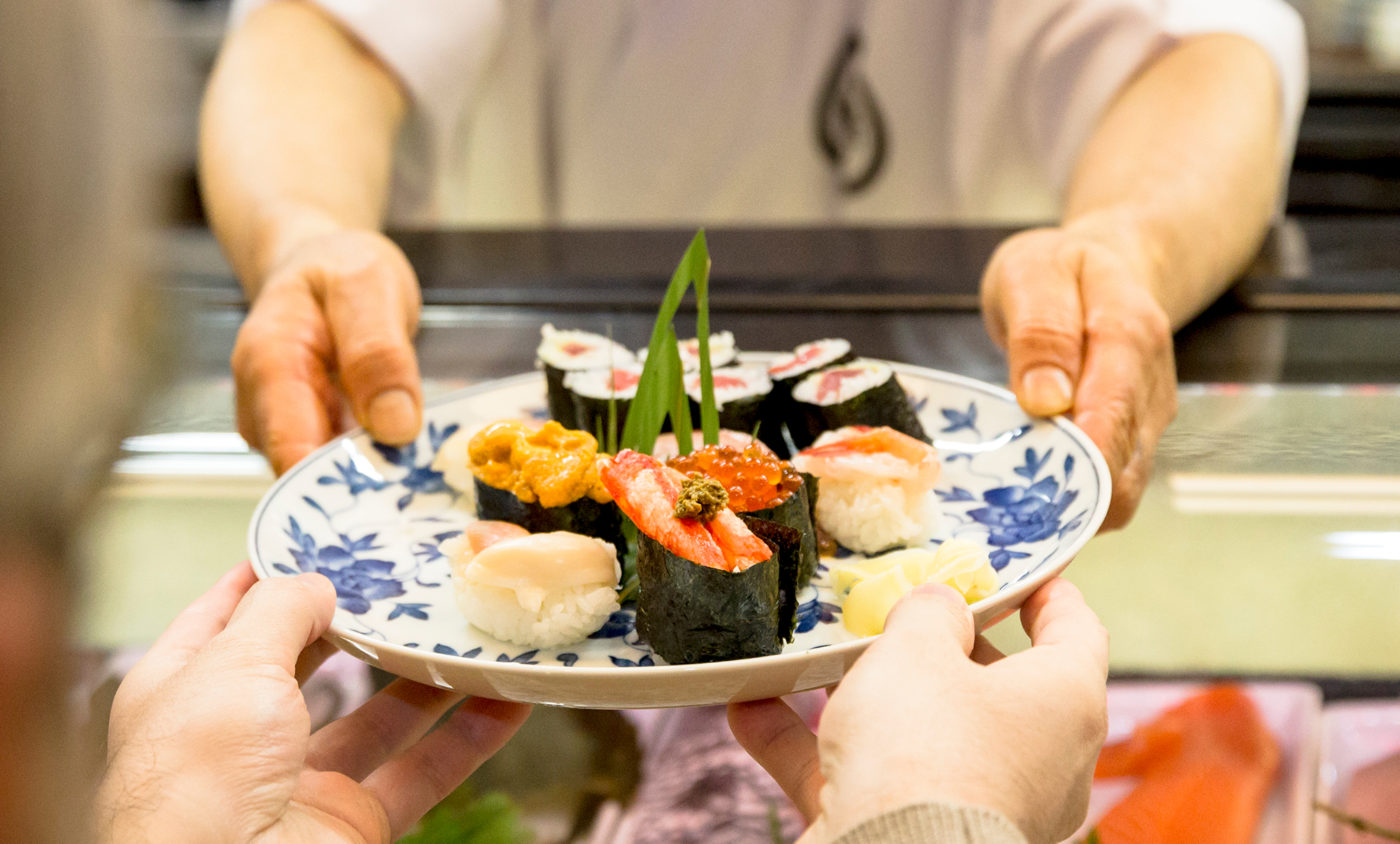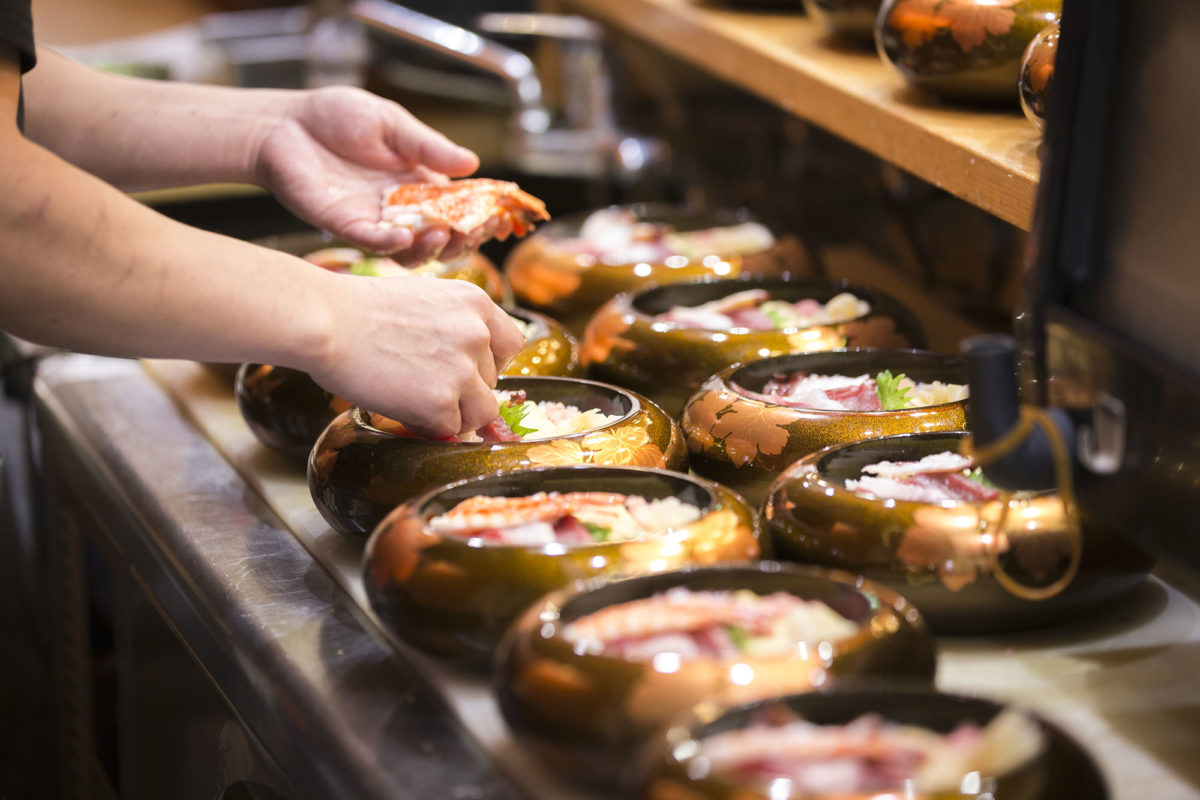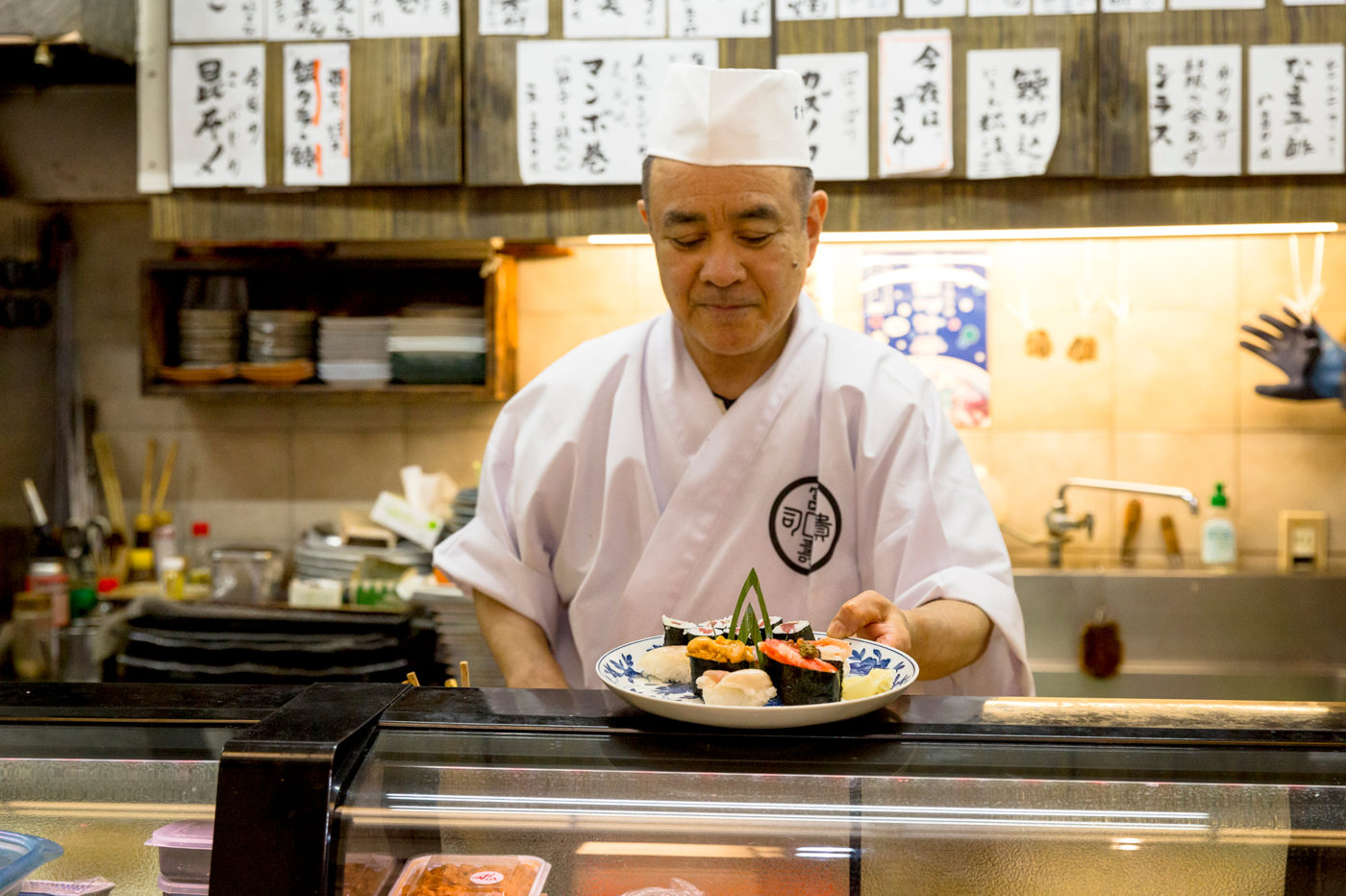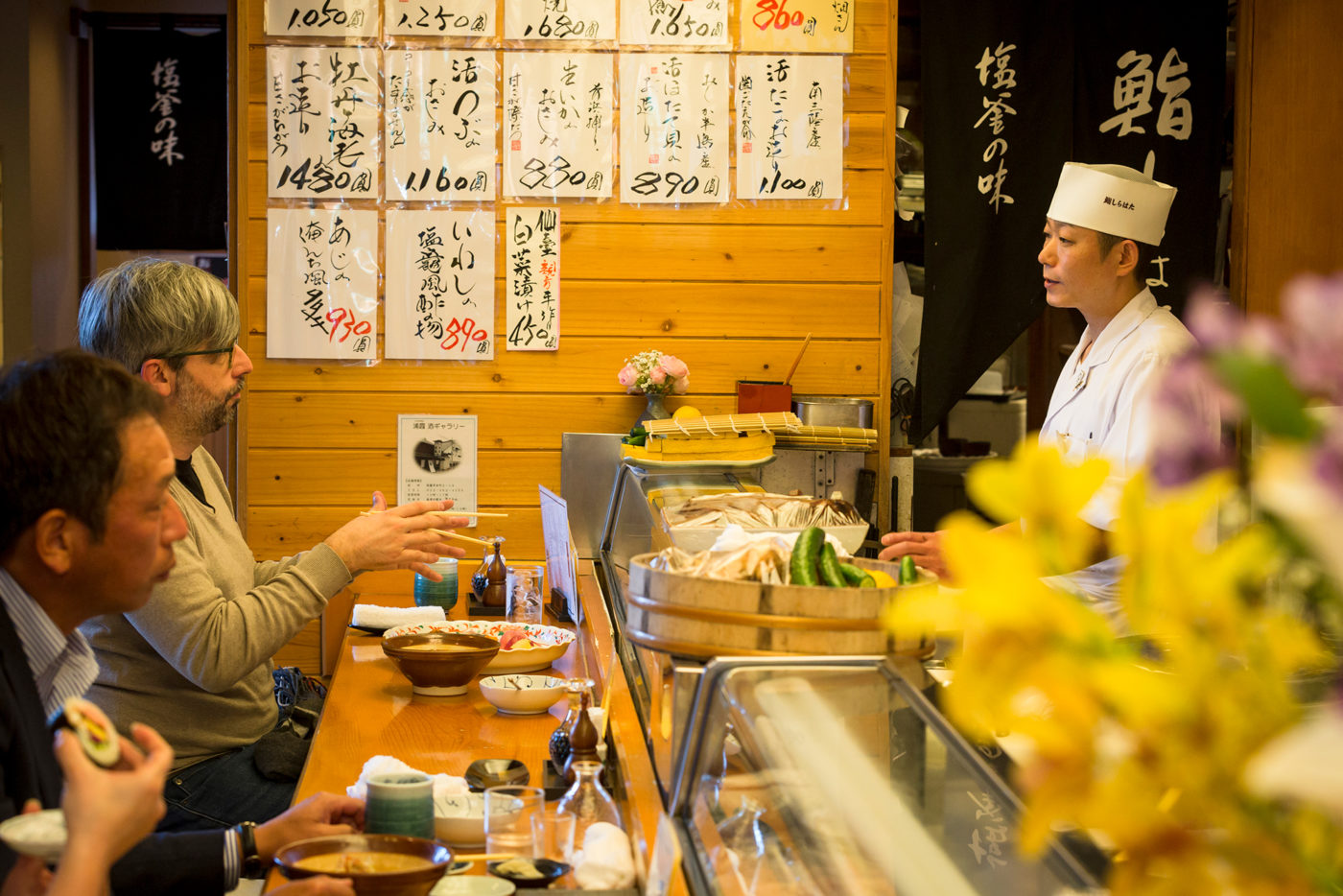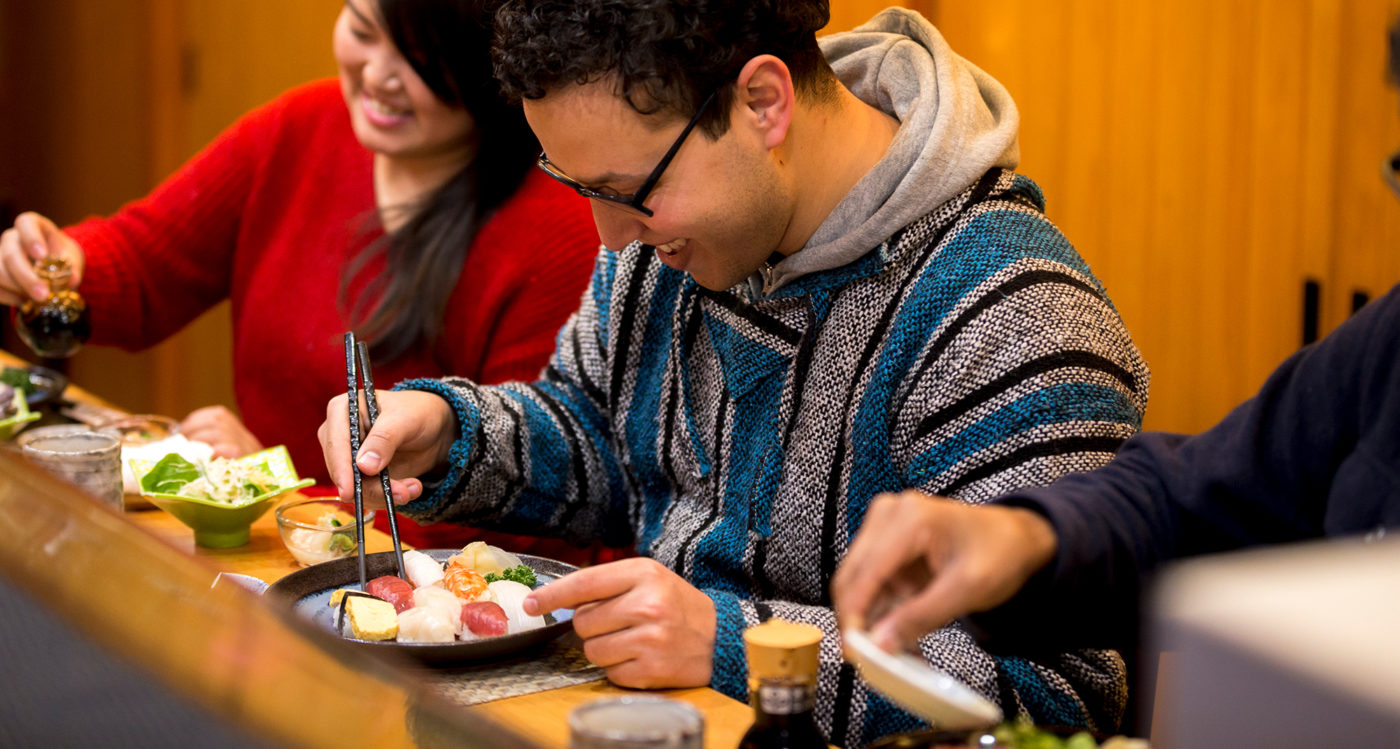Sushi the symbol of Japanese cuisine the world over. Here in Miyagi Prefecture, situated on the coast alongside one of the world’s three richest fishing grounds, fishermen land fresh catch every single day of the year. This ultra-fresh seafood obviously makes for incredible sushi, which is served in countless outstanding restaurants across the prefecture. This short guide will help you make the most of your meals by introducing you to the main types of sushi and some of the best sushi spots in Miyagi. If you’re interested in learning how to make sushi yourself, check out our “Make Sushi With a Master” article.
After reading, you’ll be ready to delve into the world of Miyagi’s fantastic sushi!
The Basics
Plain rice isn’t used for sushi; it’s seasoned with a mixture of vinegar and sugar first. The rice base of a piece of sushi is called shari and the ingredients placed on top or rolled inside are called neta. A “sushi man” is actually called itamae-san, meaning “the one behind the bar”—a sushi bar, obviously!
Types of Sushi
Nigiri・握り
The most famous kind of sushi is probably nigiri, composed simply of shari and neta. The name comes from the verb “nigiru,” meaning “to squeeze.” That’s because this sushi type is shaped by squeezing the neta with the shari, but in a very skillful and technical way only real itamae-san know!
Makizushi・巻き寿司
Next are rolled types of sushi called makizushi. The name comes from the verb “maku,” meaning “to roll.” In makizushi, the shari and neta are rolled in a sheet of nori, or dried seaweed. There are several varieties of makizushi, so let’s take a look at the main ones.
Hosomaki & Futomaki・細巻き & 太巻き
First, there are the cylindrical hosomaki and futomaki varieties. The names are straightforward. “Hoso” means “thin” and “futo” indicates something is thick or fat, so these are slim and fat sushi rolls, respectively.
Temaki ・手巻き
A slightly less common makizushi is temaki. “Te” means “hand.” It is called “temaki” because, whereas the other varieties of makizushi are rolled using a bamboo sheet called a makisu, temaki are shaped by the itamae-san using his hands only.
Gunkan-maki・軍艦巻き
Then there’s the curiously named makizushi gunkan-maki. “Gunkan” means “warship” in Japanese. Whereas for regular makizushi the sushi roll is rolled horizontally with the neta wrapped inside, gunkan-maki rolls are served upright with the neta on top.
Chirashizushi ・ちらし寿司
Lastly, there is a kind of free-form sushi called chirashizushi, a bowl of rice with many different neta scattered on top. Don’t be fooled by the shape—it’s not the same as a kaisendon seafood bowl. Unlike kaisendon, in chirashizushi seasoned sushi rice is used. The name “chirashizushi” comes from the verb “chirasu” meaning “to scatter,” indicating the fact that the neta are scattered over the rice.
Recommended Sushi Spots in Miyagi
Sendai City・仙台市
Sendai is the biggest city in Miyagi, so of course it is has plenty of good sushi spots. One of my favorites is Fuki Sushi, a small restaurant with a long history and delicious sushi.
Shiogama City・塩竈市
Shiogama is known as the “Sushi Capital of Japan” for having the greatest number of sushi restaurants per capita in the entire country. As one would expect of Japan’s sushi capital, locals here have quite high standards for sushi. Their go-to spot is Shiogama-Ko Sushi, an unpretentious restaurant serving delicious yet inexpensive sushi in a casual atmosphere.
For those looking for a slightly more upscale atmosphere, one of the best spots in town is Sushi Shirahata. It’s an especially good place to try temaki, as their negitoro temaki is outstanding.
Kesennuma City・気仙沼市
Kesennuma City is home to one of Japan’s largest fishing ports. So naturally, here too the locals have very high standards for their sushi. Yuuzushi is one of the most popular spots in town for it. Chef Kato serves up top-notch sushi at prices low enough one could eat it every day.
